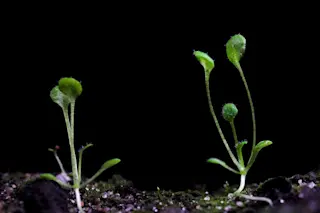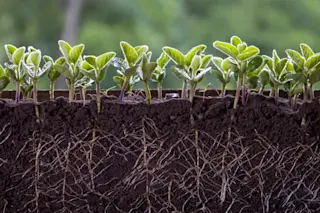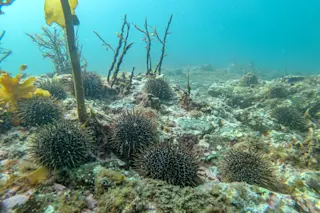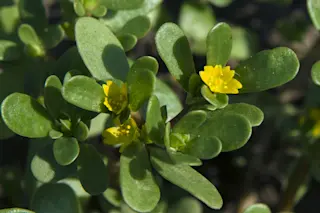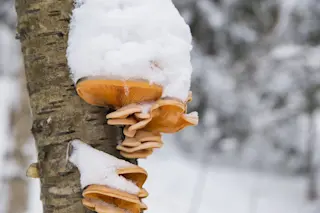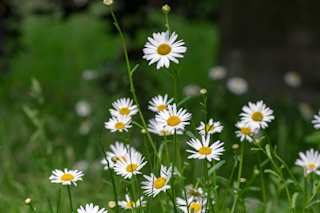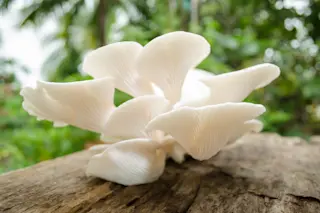The U.S. may not have plans to return astronauts to the moon anytime soon, but that doesn’t mean other lifeforms won’t grace the lunar surface. NASA is teaming up with students and private space companies to grow the first plants on the moon’s surface starting in 2015.
The self-contained Lunar Plant Growth Habitat will resemble a glorified coffee can and will contain enough water, nutrients and air to grow 10 turnip seeds, 10 basil seeds, and 100 arabidopsis seeds (this plant is the lab-rat of the botany world).
This experiment will test whether plants can survive radiation, flourish in partial gravity, and thrive in a small, controlled environment – the same obstacles that we will need to overcome in order to build a greenhouse on the Moon, or create life on Mars.
If the seeds successfully germinate, they will be the first Earth plant life transported ...


